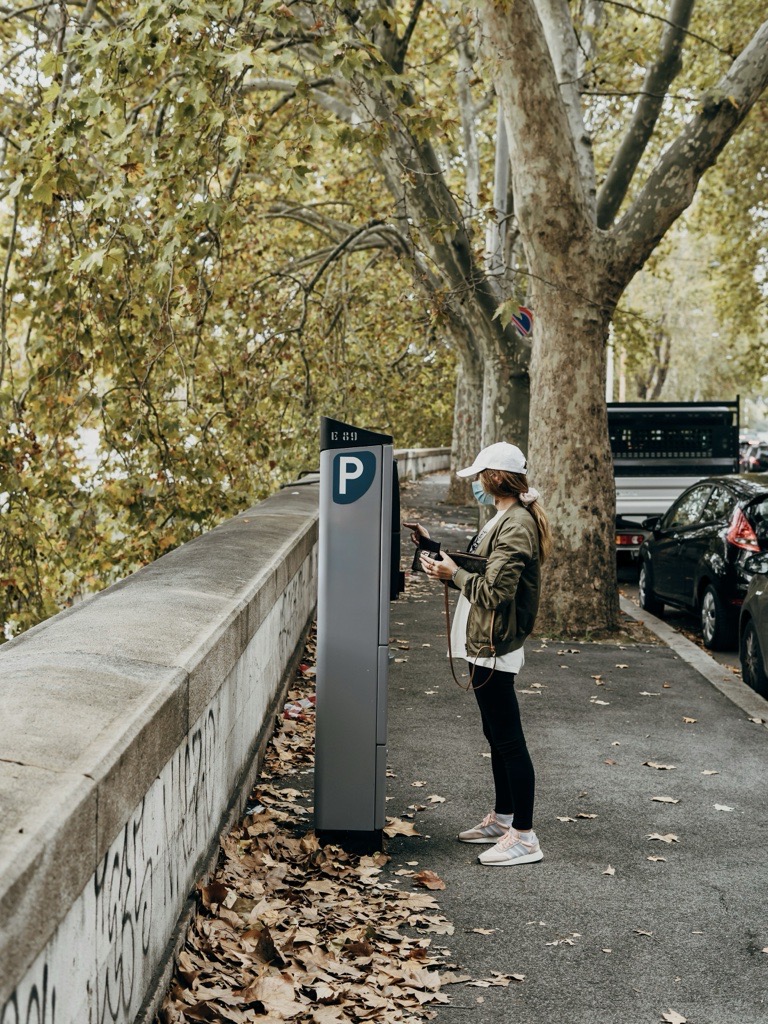
Business activity in Australia’s most pandemic-affected major cities: where are we now?
It’s important to our Australian community that people come to our major cities. Foot traffic inside cities provides revenue to the thousands of businesses that operate there, and those in turn are pillars of our economy.
There are competing forces!
But there are competing forces that play out in the operations and management of any large city. The fraught nature of infrastructure management is that there will always be tension between the available space and the possible uses for it. So, while the concentration of services, shopping, opportunities and events make it desirable to visit, travel, traffic, cost and convenience can all make those visits challenging for commuters and visitors to negotiate. For example, Sydney has been rated Australia’s most congested city for years and years and years, with roads that aren’t equal to their traffic load and parking insufficient for the numbers of workers commuting in anyway.
Discouraging visitors
You can see how factors like this might play out in discouraging visitors.
Of course, the real elephant in the room is not the most congested roads in the country today—it’s the Covid-19 pandemic. The pandemic necessitated a rapid and uncomfortable adjustment away from working in, and visiting, major Australian cities, especially our most populous locked-down ones like Melbourne and Sydney. This now poses challenges for businesses and government in getting people back into our cities.
Businesses suffered a decline in spending across CBD locations, which persisted into 2021 and 2022. But spending outside the city limits rose during that same period, leading to the inference that Australians who aren’t visiting cities for work take their business to residential areas instead. Those more residentially located businesses benefit a little from this change, but commentators have been quick to point out that our major cities are key sites of economic activity. It’s where our increasingly vulnerable bricks and mortar businesses are concentrated, particularly those serving up our internationally-recognised high quality cuisine, wine and coffee.
Curiously, it’s not necessarily the nightlife that’s suffering
Curiously, it’s not necessarily the nightlife that’s suffering: it’s the Monday to Friday 9—5 hours that are not recovering. That’s troubling for cafes and corporate lunch venues that rely on traffic from offices and inner-city projects. The prices of commercial city real estate have also been impacted by this trend, with Sydney’s CBD rental prices falling, concomitant with declining demand.
So, what’s being done to help with recovery?
By the end of 2022, activity across Sydney and Melbourne’s CBDs still wasn’t recovered to pre-pandemic levels.
Even Brisbane, with its much less restrictive pandemic response, was still feeling the effects, with activity down by 9% compared with pre-pandemic years. More impacted major cities Sydney and Melbourne have committed significant investment to Covid-19 recovery plans, including initiatives like recovery grants for cultural sectors, or making available empirical data on how people use the city to local businesses, so they can plan their resourcing and activity in response to documented trends.



